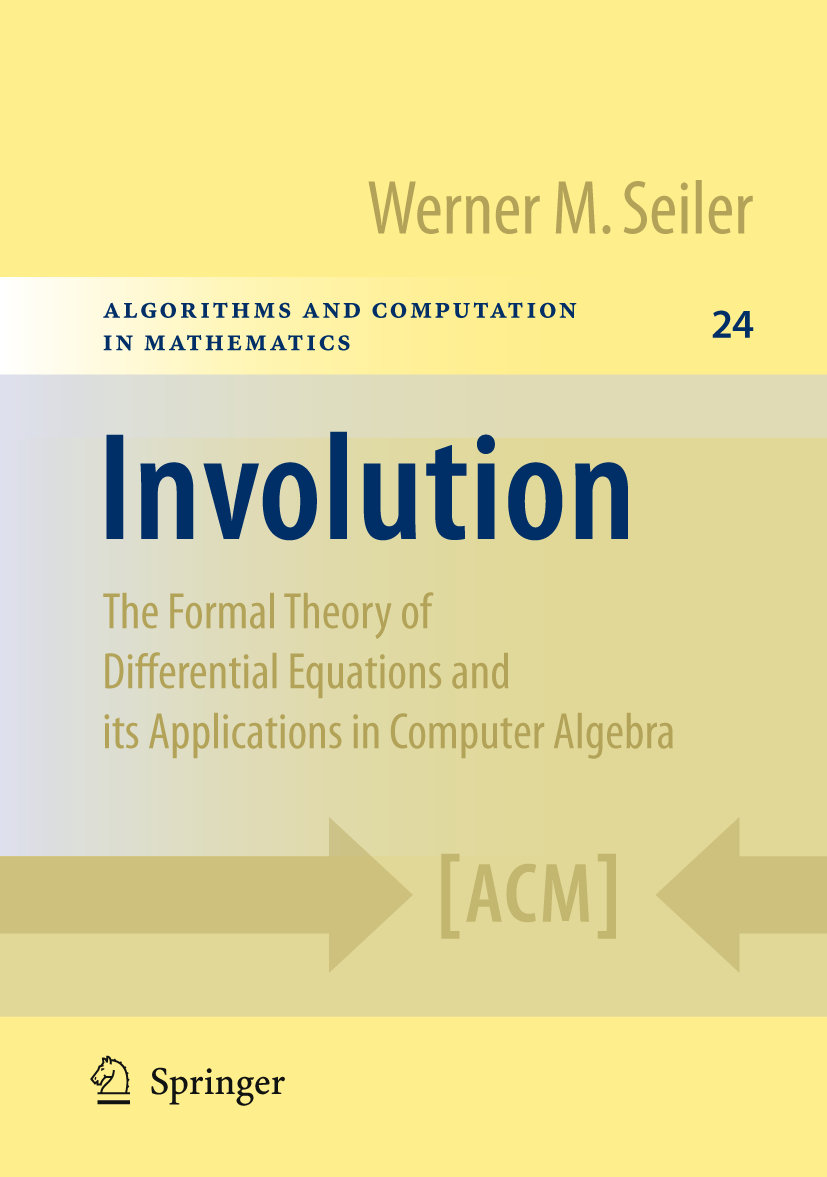As long as algebra and geometry proceeded along separate paths, their advance was slow and their applications limited. But when these sciences joined company they drew from each other fresh vitality and thenceforward marched on at rapid pace towards perfection Joseph L. Lagrange The theory of differential equations is one of the largest elds within mathematics and probably most graduates in mathematics have attended at least one course on differentialequations. But differentialequationsare also offundamentalimportance in most applied sciences; whenever a continuous process is modelled mathem- ically, chances are high that differential equations appear. So it does not surprise that many textbooks exist on both ordinary and partial differential equations. But the huge majority of these books makes an implicit assumption on the structure of the equations: either one deals with scalar equations or with normal systems, i. e. with systems in Cauchy Kovalevskaya form. The main topic of this book is what happens, if this popular assumption is dropped. This is not just an academic exercise; non-normal systems are ubiquitous in - plications. Classical examples include the incompressible Navier Stokes equations of uid dynamics, Maxwell s equations of electrodynamics, the Yang Mills eq- tions of the fundamental gauge theories in modern particle physics or Einstein s equations of general relativity. But also the simulation and control of multibody systems, electrical circuits or chemical reactions lead to non-normal systems of - dinary differential equations, often called differential algebraic equations. In fact, most of the differentialequationsnowadaysencounteredby engineersand scientists are probably not normal.



